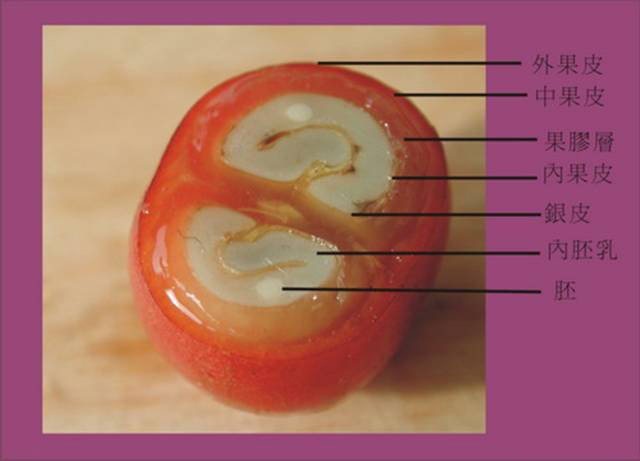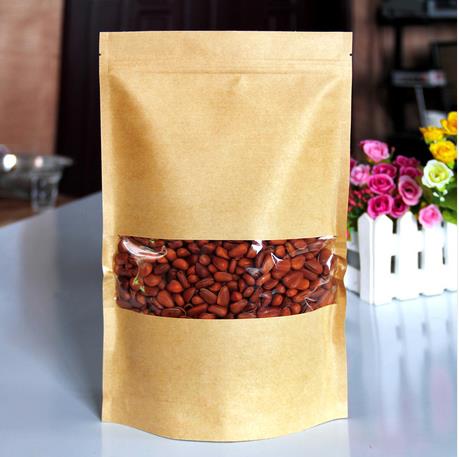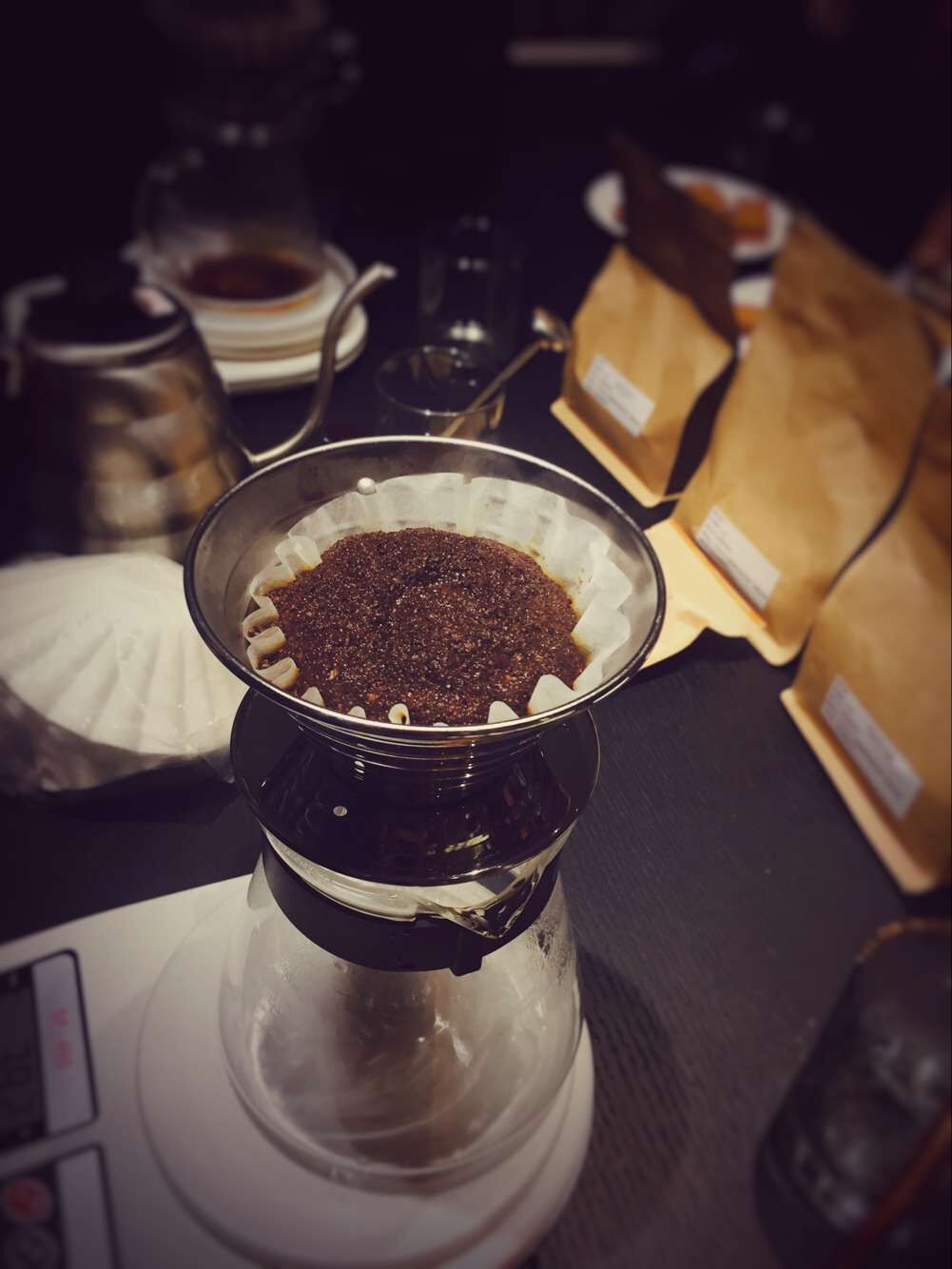The difference between fresh coffee beans and old beans
Abstract: generally speaking, fresh coffee beans harvested that year are called "New Corp", those harvested the year before last are called "Past Corp", and those that have been placed for more than a year are called "Old Corp". What is the difference between them?
Generally speaking, fresh coffee beans harvested that year are called "New Corp", those harvested the year before last are called "old beans" (Past Corp), and those placed for more than a year are called "old beans" (Old Corp). This distinction is mainly due to the problem of water content of raw beans, because new beans have more water content (usually between 12% and 13%) and are mostly dark green in appearance, while old beans (10%-11%) and old beans (9%-10%) are lighter in color, lighter in weight and less glossy and tactile as the surface of new beans. Of course, different processing and refining methods and producing areas, varieties of raw beans will be different.
The water content of old beans and new beans will affect the baking time and the degree of difficulty to control, new beans will usually bake longer and more difficult to control than old beans. Of course, coffee raw beans are usually as fresh as possible. Fresh coffee raw beans are full of vitality. Semi-fresh raw beans, with a little bit of stability in the vitality. Eight months later, the raw beans lost their vitality. Raw beans for more than one year are old and boring, but the above comments are only applicable to general coffee beans in the general preservation state, but not to specially treated beans and special preservation environment, such as low-cause treatment, aging, wind stain treatment and so on. that's another area of appreciation. Under the premise of proper storage, there is no certain formula for time and taste period, but related to bean species and treatment methods. Washed beans with bright flavor, such as Kenya in Kenya, Costa Rica in Costa Rica, Kona in Hawaii, etc., should not be preserved for a long time. Fresh beans have the most fragrant original flavor of coffee fruit.
Hawaiian Kona coffee semi-washed, thick flavor, not known for acidic bright beans, such as Indonesia Sumatra Sumatra, some Brazil, allow a longer storage time, after one to several years of proper storage, often the flavor does not decrease, but more sweet and smooth, which is also the origin of aged Sumatra (Aged Sumatra), aged AgedJava (AgedJava) and even aged Aged Sulawesi (Sulawesi). Dried beans, such as Yemen and some Brazilian beans, can also be stored for a long time, the flavor may not necessarily decline, and it is possible to improve the fermentation flavor and wine aroma. This is why some coffee beans are billed as "old beans".
The appearance color of raw beans with high water content is dark green, which is changed from ripe "coffee cherries" to raw beans by washing or drying. The water content is usually between 9% and 13%, and it is not easy to bake if the water content is too high or too low. Generally, we get the newly harvested raw beans with a water content of about 11.5%-12.5%, half-washed Mantenin may reach 13%, semi-washed Brazil 11%-12%, and sun-dried mochas range from about 9% to 12%. From the beginning of polishing, the water content of raw beans will decrease with the passage of time.

Raw beans with thick and thin bean meat
Roasted fresh coffee beans generally have to be dehydrated a little longer, but you can also take a rough look at the shape of the beans: those with thick beans, such as Kenya and Mantenin, have to extend by 30 seconds to about 1 minute; those with thin beans, such as coconut and snow coffee, Brazil, and so on, do not have to extend too much deliberately. There are two main aspects to judge whether the raw beans are fresh or not: appearance: whether the color is bright green and shiny. Most raw beans treated with water will be emerald green as long as they are fresh.
Indonesia Mantenin
Coffee raw bean smell: generally, if not water-washed beans, such as dry mocha, semi-washed Mantenin and so on, it may be difficult to tell how long the beans have been kept by their appearance, but the smell absorbed by raw beans provides a very obvious clue. When fresh, the smell of washed raw beans is fresh grass, while that of dried mocha beans is fermented with ripe fruit, and the smell of semi-washed Mantenin is less obvious. but do not have a stinky, like stinky tofu and other long-lasting bad wet rot smell.
Important Notice :
前街咖啡 FrontStreet Coffee has moved to new addredd:
FrontStreet Coffee Address: 315,Donghua East Road,GuangZhou
Tel:020 38364473
- Prev

The correct packaging of coffee beans-so that you can better preserve the flavor of beans
Abstract: roasted coffee beans are easily exposed to oxygen in the air to produce oxidation, which deteriorates the oil contained in coffee beans, and the aroma will volatilize and disappear. There are also many kinds of coffee bean packaging on the market, so what kind of packaging is the best for the preservation of coffee beans? Roasted coffee beans are easily oxidized by exposure to oxygen in the air.
- Next

Let you cook a little knowledge of good hands.
Seeing the questions raised by you these days, I feel that there is a lot of interest in our opponents. Today, I would like to recommend an article on hand flushing to discuss and communicate with you. Hand brewing is actually a gentle taste of coffee.
Related
- What is the meaning of lactic acid fermentation with coffee bean treatment?
- How to judge the state of foam by sound?
- How does the latte pull out the unicorn pattern? Come to get for a little trick to improve the flower pull!
- Will flower pulling affect the taste of the latte?
- Do you know the history of coffee?
- The difference between honey treatment and sun washing what is raisin honey treatment?
- What kind of milk can a novice use to make coffee foam to keep the foam longer? The correct method and skills of milking tutorial sharing
- Why do washed coffee beans taste sour? Flavor characteristics of washed Coffee
- Introduction to the skill of how to practice the size and height of water injection around the circle of hand-brewed coffee
- How do beginners practice coffee flower drawing from scratch?

